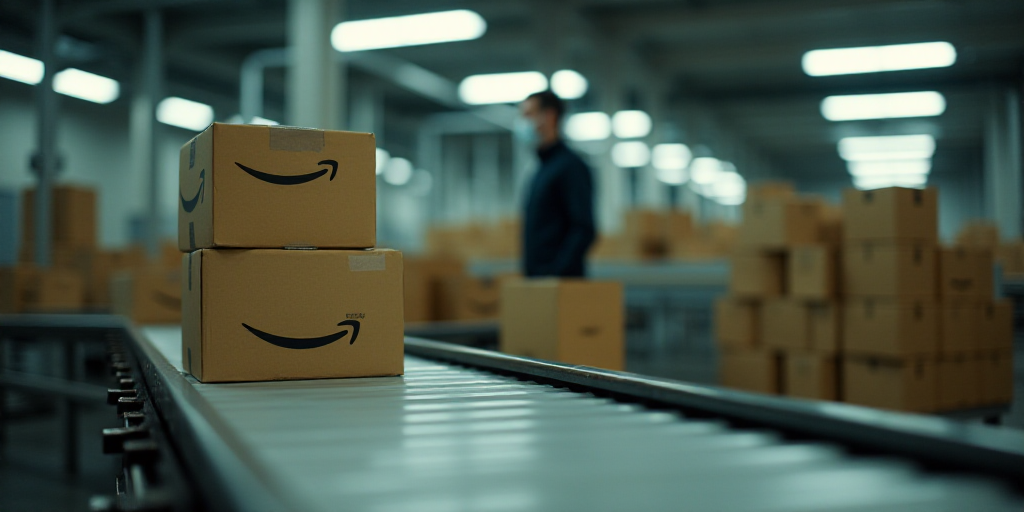Introduction
The rapid growth of e-commerce in Mexico has led to a significant increase in carbon emissions, particularly from last-mile deliveries and returns. It’s crucial for e-commerce businesses to measure their carbon footprint across the entire value chain, from warehouses to customers’ doorsteps and from returns to repackaging.
What are Carbon Emissions?
In the context of e-commerce, carbon emissions refer to greenhouse gases associated with operations such as electricity consumption in distribution centers, transportation, last-mile delivery, refrigeration in cold chains, packaging manufacturing and use, waste management, and data processing on servers.
- Measuring these emissions involves breaking them down by stages (origin-depot-distribution-delivery-return) and by type of player:
- Pure-play platforms like Mercado Libre or Amazon
- Online and offline retailers such as Walmart and Coppel
- Last-mile operators like Rappi and UberEats
- Sales through social networks
Deliveries and Returns
Deliveries and returns accounted for 37% of total e-commerce emissions in Mexico in 2020. Without intervention, the number of delivery vehicles is expected to grow by 36% by 2030, resulting in an estimated increase of 6 million tonnes of CO2.
Last-mile deliveries are fuel-intensive, prone to congestion, and often involve empty kilometers. Each return restarts the cycle of transportation, repackaging, and processing.
Adding to this pressure is the high return rate. In Mexico, around 23% of online purchases were returned in 2024. Considering repackaging, handling at distribution centers, and reshipment, the emission component per unit sold can quickly deteriorate if return policies aren’t corrected regarding sizing, technical specifications, photos, and return windows.
E-commerce in Mexico
Mexico is currently the fastest-growing market for online retail sales globally. Over the past five years, Mexico’s e-commerce has grown at an average rate of 37.5%, while the global online retail channel has grown at an average annual rate of 14%.
In 2023, nearly 66 million people shopped online, and home delivery became the preferred method, according to data from the Mexican Association of Online Sales.
The operational landscape is diverse. There’s no evidence that e-commerce is inherently cleaner than traditional retail or vice versa; it depends on operational design, truck loading efficiency, the energy matrix powering distribution centers, recycled content in packaging, vehicle type, and return policy efficiency.
“With the available information, there isn’t enough evidence to support either side… The competition is about efficiency: loading trucks more full, using more renewable energy, increasing recycled content, and optimizing the fleet,” said Federico Gómez Guisoli, director of environmental consulting firm Kolibrí in an interview.
Data processing also generates emissions. Although their relative weight is smaller compared to transportation, they accumulate on large-scale platforms.
For both online and offline models, energy issues in physical infrastructure and data coexist; for last-mile operators, fuel dominates; for social media commerce and entrepreneurs, the key lies in carefully selecting suppliers and minimizing delivery distances.
Economic Benefits of Reducing Carbon Emissions
According to Gómez Guisoli, reducing carbon emissions in the e-commerce industry brings several benefits:
- Less distance, less fuel: Optimizing routes, increasing delivery density, and limiting failed trips reduces fuel consumption, costs, and emissions.
- Smart packaging, eliminating air: Redesigning boxes to fit product volume can double the number of units per truck or container. The result is fixed emissions from that trip, more product transported, lower emission per unit, and reduced logistic costs per piece.
- Energy and data with numbers: A 10% reduction in electricity consumption in distribution centers and dark stores can be financially significant if electricity is a substantial cost component.
- Financing as an accelerator: Commercial banking in Mexico now offers green lines of credit for suppliers; retailers or marketplaces can establish programs enabling transport companies and SMEs to upgrade their fleets or modernize equipment.
- Comprehensive returns management: If one in four purchases results in a return, the primary climate mitigation strategy is preventive: better product descriptions, clear sizing, sharp photos, and packaging that protects without excess volume.
- Local sales: Selling closer reduces last-mile kilometers and cycle times. As a strategic pillar, especially in convenience stores, it improves margins and reduces the carbon footprint.
As e-commerce in Mexico grows, so does its carbon footprint. Measuring emissions by stage and actor is now a condition for competitiveness, enabling the reduction of kilometers, energy, and packaging air, lowering returns, and opening financing opportunities for suppliers.






